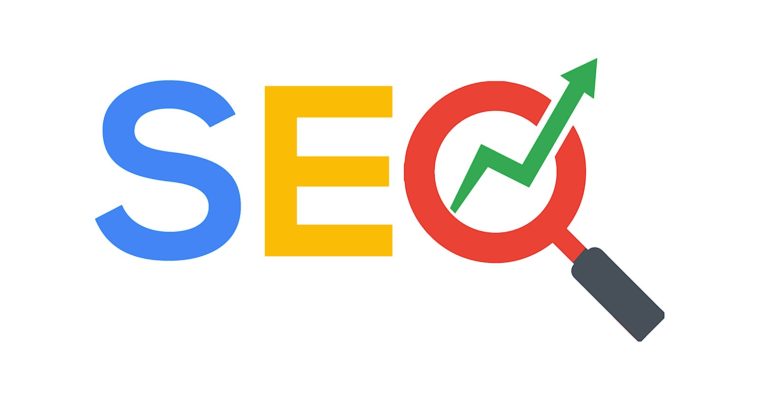
appears more possible. But will employees want to flock back to buildings even when it’s safe again? Should companies do away with Zoom and return the workplace to its pre-COVID ways?
The answer, in a word: No.
At least that’s not the future of work envisioned by several members of the Harvard Business School faculty—all of whom had to pivot last March to teaching and researching at a distance from the Boston campus. They say the workplace as we used to know it, quite frankly, is dead. Not only is remote work considered table stakes to employees, but the pandemic has challenged conventional thinking about work in other ways, too—perhaps permanently.
So how can business leaders create a new work world that will keep employees both happy and productive post-COVID? Several HBS faculty members shared advice to help leaders prepare for the “next normal."
Julia Austin: Prioritize face time at the office
Julia Austin
Managers will have to accommodate changes to work patterns in the post-COVID era. As much as some employees will crave the return of in-person social connections in the office, they have become accustomed to the flexibility that comes with virtual work—from less time to commute to more time with family and pets. I suspect many will enjoy occasional visits to the office for real-time connections with colleagues, but will prefer to maintain their at-home work lifestyle.
I suggest managers put some structure in place to ensure that time in the office is optimized for face time. For example, make a team schedule, so the days in the office are most meaningful and focused on connections, both scheduled and serendipitous. The advent of Zoom fatigue has forced many teams to adjust their meeting mania to mitigate hours in front of a screen. I've seen teams reduce standing one-hour meetings to 45 or even 30 minutes, and their meetings have become far more efficient.
However, they have lost time for those casual conversations that come before and after a meeting or from just walking in the hallway or bumping into folks you might otherwise never know at work when you're grabbing coffee. Post-COVID, I encourage leaders to foster the same efficiency with meeting schedules when back in offices, but also to create time blocks, either online or in person, for the random connections that are critical for developing team culture.
Online, this could mean hosting virtual office hours where a manager's "Zoom door" is open for anyone to pop in. In the office, this could be setting expectations that folks who are on site are not just there for in-person meetings. Ensure there are times for people to just sit together and work or to have more casual connections at hackathons or demo hours, so teams can show their work in process.
Julia Austin (@austinfish) is an executive fellow at the Rock Center for Entrepreneurship and a former senior lecturer.
Michael Beer: Have honest conversations with employees
Michael Beer
Every responsible senior executive wants to know what changes employees want in the post-COVID era. The truth is, only your employees can tell you how they have changed as a result of the pandemic and why. Finding out how employees would like to work—home or office—through a survey is too simplistic. You want to know the whole truth. You need an honest, collective, and internally public conversation!
Honest, because you want the whole truth that fear of speaking up can deter. Collective, because you want to hear from a cross-section of employees across your organization. Internally public, because you want all employees to know you care enough to ask and want the unvarnished truth. That in itself will go a long way toward improving trust and commitment.
Here’s some advice for leading a successful honest conversation:
Focus the conversation on the question that matters. What do you want to learn?
Make it safe to share the whole truth. A task force of eight or so trusted leaders commissioned by the senior team can learn the truth by conducting interviews with employees across the company.
Reflect, diagnose, and develop a plan of action. What policies and practices should be in place for the post-COVID world?
Make yourself and your senior team accountable to the organization and its people. Tell them what you heard—the good, the bad, and the ugly—and what you plan to do and ask for feedback. Nothing should be hidden because that builds trust.
Execute changes, then repeat the process periodically. Check on progress to learn about unanticipated and unintended outcomes and make mid-course corrections.
Michael Beer is the Cahners-Rabb Professor of Business Administration, Emeritus. He's the author of Fit to Compete: Why Honest Conversations about Your Company’s Capabilities Are the Key to a Winning Strategy.
Arthur C. Brooks: Weigh the risks of loneliness
Arthur Brooks
I’m an optimist, so one of the first things I thought as the COVID-19 lockdowns led corporate America into the world of remote work was that the cultural and technological accommodations would usher in a new era of efficiency and prosperity. After all, necessity is the mother of invention. And indeed, in a matter or mere months, telework tech improved dramatically and people all over the world became adept at working from home. In “Zoom forever” speculation, many companies are now planning to continue this arrangement after the pandemic, and a majority of workers say that this sounds just fine.
But while I’m an optimist, I’m also a realist, and believe that both employees and managers should reconsider whether a permanent move to remote work is such a good idea. It risks taking us from the coronavirus pandemic to a loneliness pandemic, with potentially terrible costs.
Pre-pandemic research and new studies carried out during lockdown show a stark increase in loneliness for employees assigned to work-from-home environments. Besides the human toll, loneliness leads to higher rates of employee burnout, turnover, and disengagement. And contrary to widely held assumptions, better technology is not increasing a sense of connectedness, and in many cases actually has the opposite effect when depended upon as a substitute.
While not apparent yet, a permanent work-from-home model may well start a slow-rolling mental health crisis in the American workforce and a resulting HR nightmare. What might look like improvement in convenience and efficiency right now may prove in the end to be a Faustian bargain for managers and employees.
Arthur C. Brooks (@arthurbrooks) is the William Henry Bloomberg Professor of the Practice of Public Leadership at the Harvard Kennedy School and a professor of management practice at Harvard Business School.
Prithwiraj Choudhury: Consider a flexible hybrid approach
COVID-19 has accelerated the adoption of remote work practices such as “work-from-anywhere,” a form of remote work that I have studied even prior to the pandemic. While adoption of work-from-anywhere in all-remote organizations is likely to increase, as the pandemic winds down, it is likely that hybrid remote arrangements will become the norm at workplaces globally.
https://www.geogebra.org/m/pmsubea3
https://www.geogebra.org/m/pugw5vhw
https://www.geogebra.org/m/ze8mhdx7
https://www.geogebra.org/m/kufmhdqs
https://www.geogebra.org/m/cdvv8ncq

- what your location is contemplating using your certification study course, to learn. They will surely know the requirements and be able to give you

- It can merge encrypted files- it will remove the restriction for assembly and process as per your requirements. Or you offer the open password.

- Nanotechnology in Drug Delivery Market Worth US$ 182.3 billion - UnivDatos Industry Analysis- by Size, Share, Growth, Trends, and Forecast 2021-2027

- If you are looking for a way to read small print without putting on your glasses, adjustable reading glasses may be the perfect solution.